Broccoli is considered one of the most suitable foods for the first complementary food. It is most often introduced after or together with courgettes and cauliflower.
Broccoli plays an important role in complementary feeding, because it has many health benefits [1] and rarely causes allergies.
Can Babies Eat Broccoli – At What Age To Add It to the Diet?
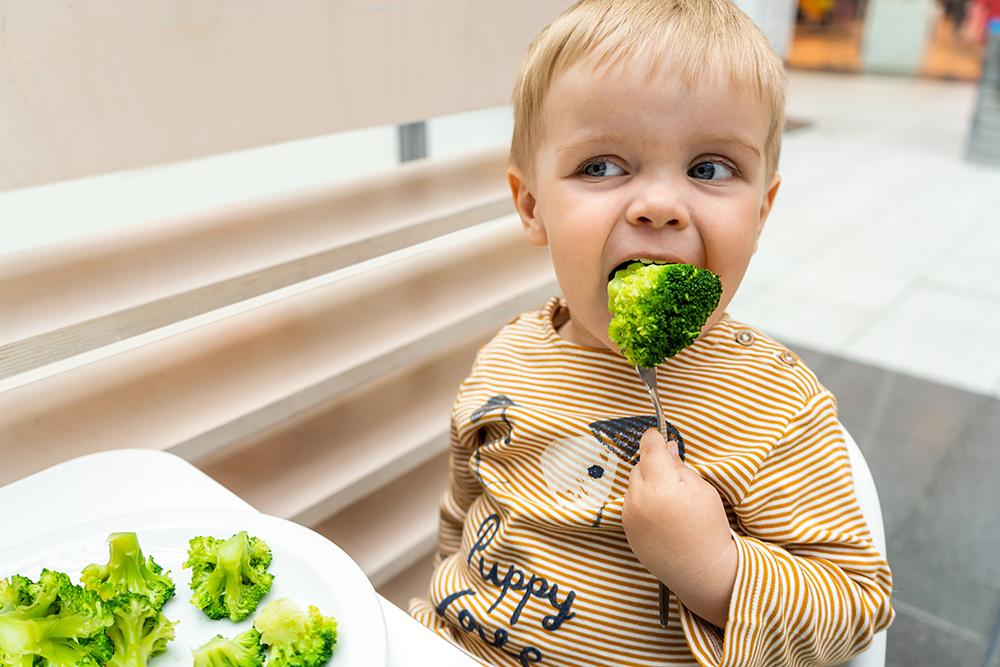
If industrial formula is used to feed the baby, cabbage can be introduced at 5 months of age.
Rules for Introduction Into the Diet

It is useful both raw [3] and as part of various dishes. After the age of 2, broccoli can be used in salads and as a side dish with meat or fish.
Every child has individual developmental differences. The following is general information, not a 100% recommendation. In order not to harm your child, we ask you to consult a specialist first. Before giving your child broccoli – consult your doctor or nutritionist!
How To Introduce Broccoli Puree to Complementary Foods
Once a plan for introducing new foods has been drawn up, a plan for the first complementary food—vegetable puree—should be devised.
| Day | New product portion in grams | Portion of puree in teaspoons |
| First | 3 grams | Half a teaspoon |
| Second | 5-10 grams | 1-2 teaspoons |
| Third | 15 grams | 3 teaspoons |
| Fourth | 20-25 grams | 4-5 teaspoons |
| Fifth | 50 grams | 10 teaspoons |
| Sixth | 80-100 grams | 20 teaspoons |
| Seventh | 120-150 grams | 30 teaspoons |
Daily Allowance
The first time the baby is given 0.5 tsp of pureed puree or 1 tsp of courgette mixture. If no allergic reactions [4], digestive disorders [5], or other negative symptoms occur the next day, the portion can be doubled.
Is Broccoli Healthy for Babies?
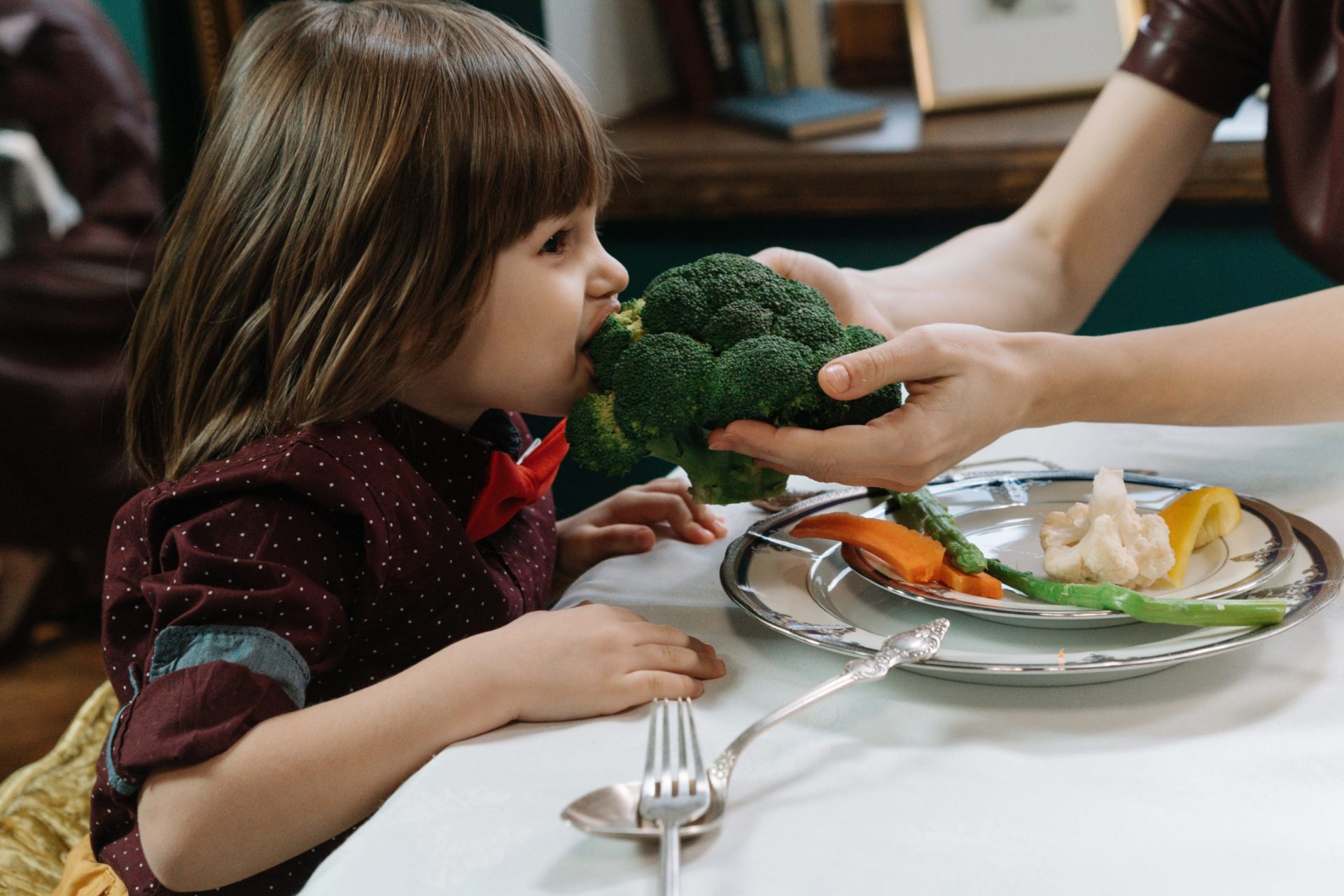
In addition to the classic broccoli [11], there are several related plants. They are no less useful for children than our heroine. For example, – romanesco, which grows in Italy. The English love purple sprouted broccoli. And then there is rapini (or broccoli rabe), – it is also useful but more bitter.
Is Broccoli a Common Choking Hazard for Babies?
There are many rumors that a child may have respiratory problems after eating broccoli. Let’s face it – this plant can cause such a reaction in very rare cases. At the same time, it is not on the list of banned products. In any case – consult a doctor beforehand. [12]
Is Broccoli a Common Allergen?
Broccoli is recognized as a hypoallergenic product and is therefore suitable as the first complementary food, including for children who are at risk of allergies. American experts have investigated the allergenicity of broccoli as a complementary food and noted its good tolerability and digestibility. [13]
Contraindications
Despite the obvious benefits of broccoli for children, it is important to consider circumstances in which its consumption should be restricted:[14]
- in the presence of digestive diseases (especially pancreatic diseases);
- when acidity is high;
- if you are allergic to the product.
Broccoli: Selection and Storage Rules
The main points worth considering when choosing broccoli are
- Fresh produce retains the most vitamins (frozen produce retains only part of them);
- The colour of a good product is dark green (sometimes purple). A yellowish colour on the cabbage indicates that it is overripe;
- There should also be no sluggish inflorescences. And, of course, no dark spots or mold on the surface!
- Broccoli should be sold in its packaging: in food wrap or in a bag;
- Store the product in a container or bag in the refrigerator. The vegetable should be consumed within 3 days (maximum 5 days);
- If a longer storage time is required, the broccoli can be frozen. Before doing so, divide it into florets, rinse them, and dry them thoroughly.
How To Cook Broccoli for Baby
To prepare it, you need:
- Broccoli (one floret)
- lemon
- Vegetable oil (olive oil is best).
Preparation Method:
- Rinse the plant thoroughly under running water then separate the stem part.
- Cook everything in a steamer. Cook until the cabbage becomes soft. At the same time, you can heat vegetable oil.
- Pour warm oil into a bowl. Then add some lemon juice. Mix everything thoroughly to make a sauce.
- Then cool the cooked broccoli and cut everything in half.
- After that, add the sliced vegetables to the bowl with the sauce. Stir everything well so that the sauce covers all the pieces.
- This dish can be served as a stand-alone meal or with something else.
Conclusion
We can say that broccoli in complementary foods is a godsend for mothers because it provides the baby with a lot of useful elements, is quite easy to prepare, and allows you to diversify the child’s diet and offer him lots of interesting and tasty dishes.
Video: Broccoli for baby food
Popular Questions
Broccoli goes best with beef, parmesan and anchovies. Of fruits and vegetables, cauliflower and lemon.
Boil the broccoli in water for a short time - 5-7 minutes is enough.
Yes, you can. Cauliflower is good because it rarely causes allergies. It has a neutral taste and children are usually happy to eat it.
Seaweed should not be offered to children until they are three years old.
A good time to get to know the product is in the first half of the day. In case there is any reaction from the body, you will find out during the day and not at night.


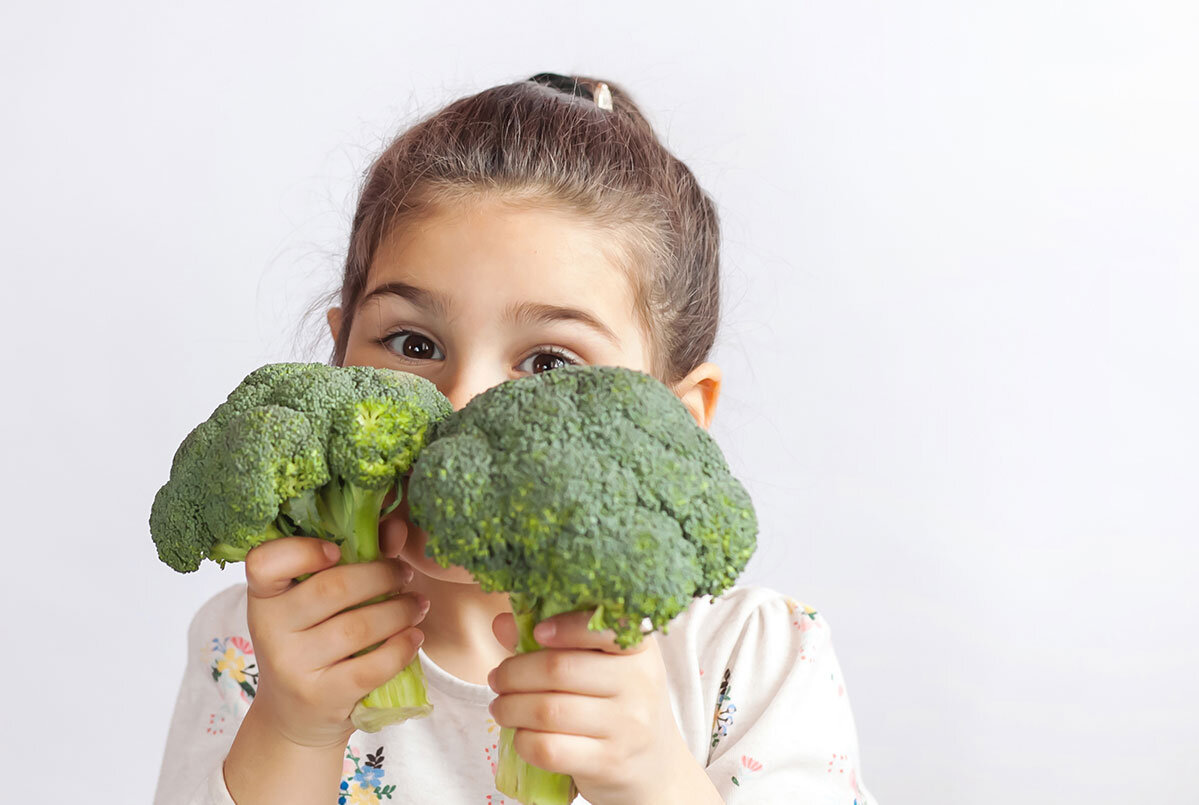







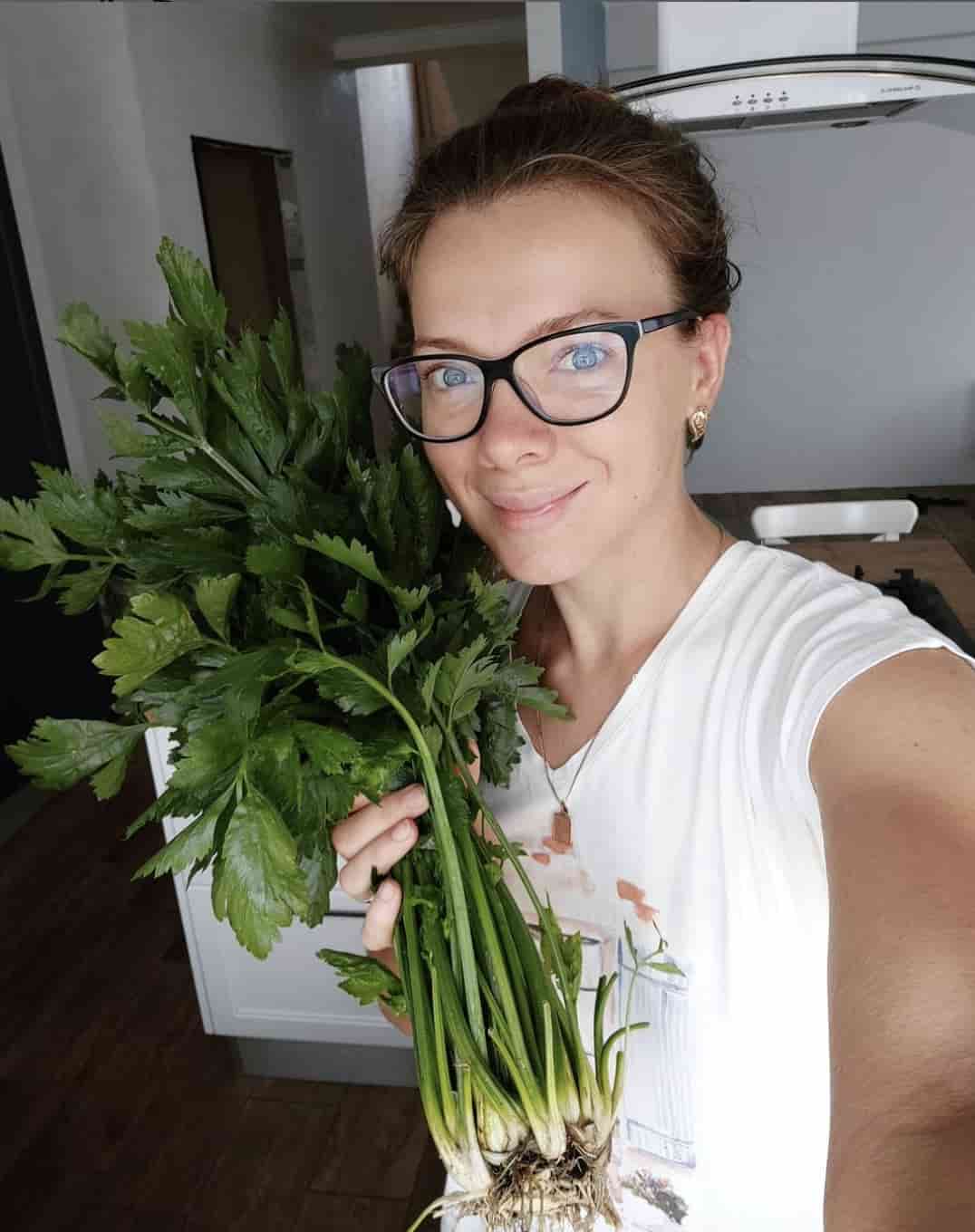
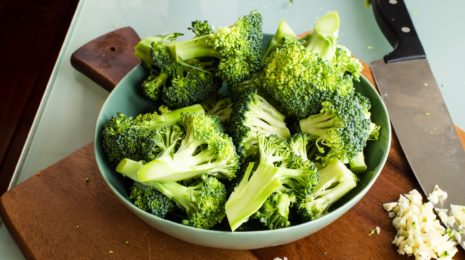

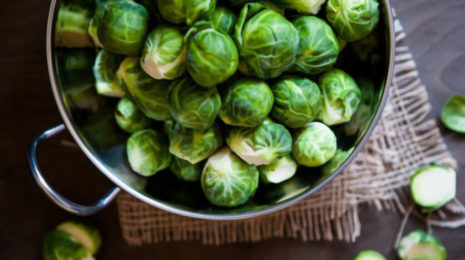
Personally, I think that broccoli is one of the healthiest foods, although, of course, many do not like it. Including children. But if you instill the habit of eating broccoli from an early age, it will only be for the best!
Great article, everything is written correctly. Broccoli is really a very useful product for young children, as it contains a huge amount of vitamins and trace elements. At first I gave my daughter broccoli in the form of mashed potatoes and micro-pieces of boiled inflorescences. Then, as my daughter grew up, I began to add broccoli to soup, use it as a side dish to meat, mix it with other vegetables, make a casserole out of it
Hello everyone. Recently, our nutritionist advised us to add certain dietary products to our diet, and my baby and I discovered these broccoli. In general, my child does not like broccoli and has a negative attitude towards them, but the broccoli data showed absolutely the opposite result. They contain a large amount of useful vitamins and trace elements. It contains a vitamin set of vitamins A, B6, C and K. (1) In addition, it contains folic acid, zinc and iron. All these minerals and elements are very important for the development and strengthening of the child’s body. I am very glad, I recommend it, thank you.